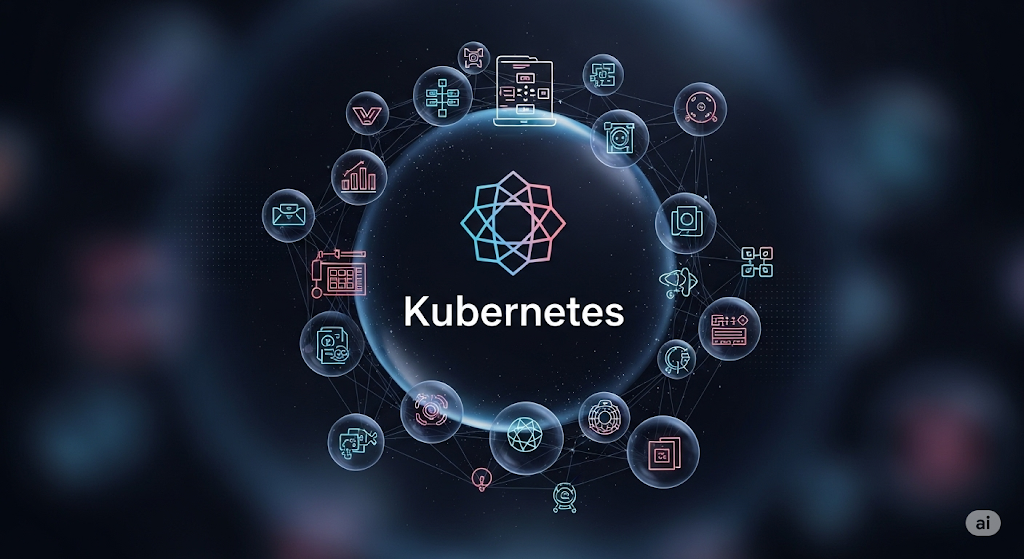Whether you’ll succeed in the cloud hinges on knowing when to lean in and when to hold your ground.
For businesses already running a tight on-prem ship, the cloud’s promises like cost savings, agility, and unicorn-grade uptime often crash into the rocks of reality.
But if your business is in growth mode or your legacy systems are ready for their next evolution, this cloud readiness checklist could be your ticket to a more organized, scalable future.
Let’s see if you are truly cloud-ready!
The hidden cost of the cloud
Cloud vendors sell you on OpEx vs. CapEx all day long, but your CFO will have a meltdown when she sees the bill six months in. Resource sprawl is the silent killer: dev environments nobody remembers creating, “temporary” VMs that somehow became permanent, and storage that multiplies without supervision.
Data transfer fees will make you nostalgic for your on-prem days. Move a few terabytes between regions and suddenly you’re facing unexpected costs that weren’t in your migration calculations. A robust cloud readiness checklist can help you prevent such surprises.
You’ll also need FinOps practices that your traditional IT budget process never prepared you for – tagging strategies, usage monitoring, and automated scaling that doesn’t leave idle resources consuming budget while delivering no value.
When to step away
Migrating to the cloud isn’t a magic bullet. It’s more like adopting a high-maintenance pet: thrilling at first, until you realize it needs constant feeding ($$$) and training (skills).
If you have VMware hosts humming and database apps running smoothly, it is improbable that a cloud migration will save you money. Why? Because you’ve already swallowed the bitter pills of upfront costs: hardware refreshes every three years, power bills that could fund a SpaceX launch, and licenses that make Adobe blush.
When to step in
Migrating to the cloud really makes sense when your current setup just can’t scale. Conduct an application cloud readiness assessment to identify bottlenecks in legacy systems, particularly around handling increased data volumes or complexity..
How to maximize your cloud ROI
Cloud infrastructure can easily become your second largest expense (after people), and unlike your on-prem setup, it’s not always clear where the money’s going. Track everything. Use analytics tools to gain full visibility into your cloud spending, and start spotting inefficiencies early.
Foster a Culture of Financial Ownership
Shifting to FinOps – a culture where cloud costs are shared responsibility – can drastically reduce unnecessary spending. Teams that own their cloud usage tend to be more proactive about optimization, catching inefficiencies before they snowball. Get everyone involved in managing the budget, and you’ll see big savings down the road.
Plan Your Purchases Like a Pro
Cloud vendors love to offer discounts. AWS, Google Cloud, and Azure all have various options that can help you save big if you play it smart.
- Reserved Instances: Want lower costs upfront? Reserved instances let you commit to using certain resources for 1–3 years, with savings of up to 72% compared to on-demand pricing. A no-brainer for predictable workloads.
- Spot Instances: These are the golden ticket for savings. You can get up to 90% off, but here’s the catch: they depend on spare capacity. Great for workloads that can handle interruptions, but not ideal for critical systems.
- AWS Savings Plans: If you’re deep into AWS, this option gives you the same discount as Reserved Instances. You commit to a certain amount of usage per hour, and it applies across EC2, Fargate, or Lambda, no matter the instance size, OS, or region.
Shed unused resources
Cloud costs can spiral quickly when you’ve got instances sitting idle or unused resources cluttering up your environment. Elastic IPs you no longer use, old snapshots, and forgotten instances are all costing you money. Monitor regularly and remove anything that’s no longer needed. No one likes paying for ghost resources.
Avoid data transfer sticker shock

Data transfer charges can sneak up on you. Moving data into the cloud is usually free, but transferring it out can cost a pretty penny, and these charges vary by region.
Be strategic about where you host data – group resources within the same region to avoid unnecessary data transfer costs. Keep track of what’s being transferred and where to prevent the bill from ballooning.
Optimize storage solutions
Most companies forget to fine-tune their storage options, but it’s a crucial area for savings. Consider your data access needs – how often will you need to retrieve it? For archival data, cold storage options like Glacier can be a fraction of the cost of regular S3 buckets. Optimize based on your actual usage, and don’t overpay for storage you don’t need.
Why lift-and-shift isn’t always the answer
Your SQL databases and warehouse management tools likely depend on low-latency, high-throughput access to on-prem storage and networks. Migrating these to the cloud introduces latency, especially if they’re chatty or handle small-file I/O. A high-latency WAN can cripple performance, and retooling apps for the cloud isn’t trivial.
Solutions exist. WAN optimization tools, caching layers… but they add cost and complexity. For legacy or custom apps, a lift-and-shift migration might leave you paying more for worse performance.
How security works in a cloud environment

Security teams often view the cloud with suspicion: a realm where control slips through their fingers. Yet, Microsoft patches Azure SQL vulnerabilities faster than most IT teams patch on-prem servers. The cloud’s security model is a dance of shared responsibility: providers secure the infrastructure; you secure your data.
You won’t be alone in this fight.
- AWS IAM Access Analyzer identifies who can access your resources, preventing security gaps from incorrect permissions.
- Azure PIM enables just-in-time privileged access, eliminating unnecessary permanent elevated permissions while tracking who did what.
- AWS IAM Identity Center automates temporary admin access that automatically expires.
Together with regular audits, these tools significantly strengthen cloud security by enforcing least privilege principles and reducing exposure risks.
Going with the hybrid approach
Is it possible to move your workloads to the cloud without throwing your entire on-prem setup out the window? Absolutely. In fact, for many businesses, the hybrid approach makes more sense than an all-in migration.
You can move your disaster recovery, backups, or other non-critical workloads to the cloud while keeping your high-performance or sensitive systems on-prem.
This is where the cloud shines: high availability, geographic redundancy, and the ability to spin up resources quickly when needed. But it also means you get to keep control over the systems you care about most.
A hybrid model also gives you flexibility against the cloud’s unpredictable pricing. Traditional VMs in the cloud can cost more than your existing setup, and watch out for hidden fees like egress charges and growing storage bills. With proper planning, you’ll only pay for what you actually need.
Why cloud talent is hard to find – and how to keep yours
You can have the best cloud strategy, tools, and software, but if your people aren’t on the same level, you’ll crash and burn. Recruiting skilled cloud professionals is no walk in the park. there’s high demand, constantly shifting requirements, and a shortage of talent.
You need a team that blends experience with fresh, cloud-native skills. You want people who know enterprise-scale limitations and engineers who live and breathe the latest cloud tools and technologies.
The real value lies in making sure your people grow alongside your cloud journey. Build a team that’s both skilled and loyal. You’ll avoid getting into bidding wars with other companies and can rely on a workforce that understands your business inside and out.




